- Learning time
- 10 minutes
- First play time
- 30 minutes
K3
Designed by: Philippe Proux
K3 is an abstract game of building – and deconstructing – a mountain.
Everyone grabs a number of blocks from the bag, without choosing their colour. In the middle of the play area the (also random) base of the mountain is set up, comprised of a number of blocks. On your turn, you add one of your blocks to the mountain so it overlaps two blocks beneath it, at least one of which must be the same colour as the block you’re adding. If you can’t do so, you’re out of the game, and the last player standing wins.
However, there are are couple of extra things going on. One is that your own blocks aren’t simply sat in a pile, available at any time. Before play starts, you must make your own mountain from your supply, kind of ‘programming’ it according to when you think the colours will be most helpful to you. And amidst your blocks are a couple of specials: the white blocks allow you to pass a turn, which is exceedingly helpful in the right circumstances. The natural blocks function as wilds, that can be played anywhere on the mountain – these can get you out of a pickle, but on the other hand, may also save your opponent’s from a pickle as well… finally if you make a triangle of matching colours on the mountain (ie a yellow on top of two yellows) there’s a penalty: an opponent gets to take a block from your supply for themselves.
The game can also be played co-operatively, with everyone collaborating on completing the mountain before anyone gets knocked out.
The guru's verdict
-
Take That!
Take That!
None in the co-op version. IN the competitive version, players can (and should) look for ways to close down opportunities for others.
-
Fidget Factor!
Fidget Factor!
Low with two players, climbing in small increments as the number of people involved rises.
-
Brain Burn!
Brain Burn!
Turns are (relatively) simple: get rid of a block, ideally in a way that opens up a handy block for you beneath it AND blocks off a spot someone else wanted. The trickiest part, really, is the programming aspect of setting up your own mountain, which is the reason for the game's subtitle: Plan your climb
-
Again Again!
Again Again!
Although the overall experience doesn't vary wildly, each small moment has import and the five colours plus the specials plus the planning aspect conspire to give K3 a lot of repeat plays without it ever feeling 'solved'

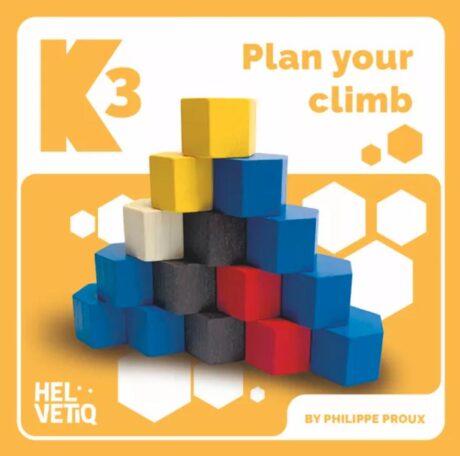
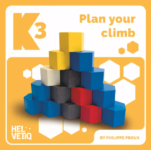

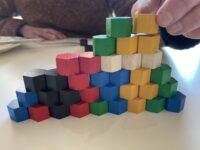


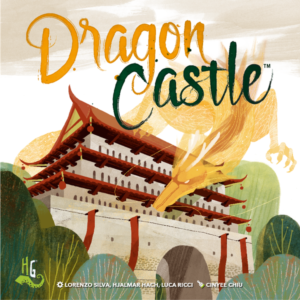
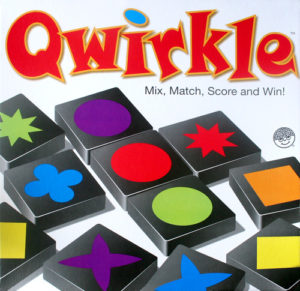
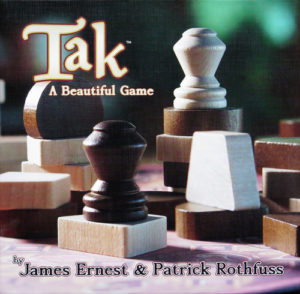
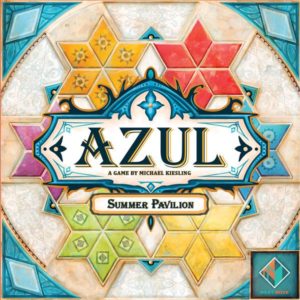
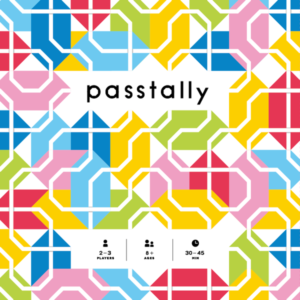
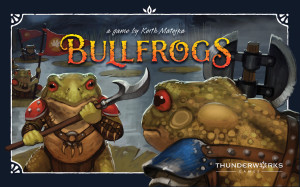
Sam says
A delightfully-presented little puzzler than can be played as a family-style, pitching-in-together puzzler, or a marginally more combative affair for two or three - playing with four can feel a bit like a lottery. It is very dryly abstract, though, and not packing in much luck or laughs. But considering it's size, price and presentation, it offers a decent game, with decent replayability, for those who like their computational games to confound.